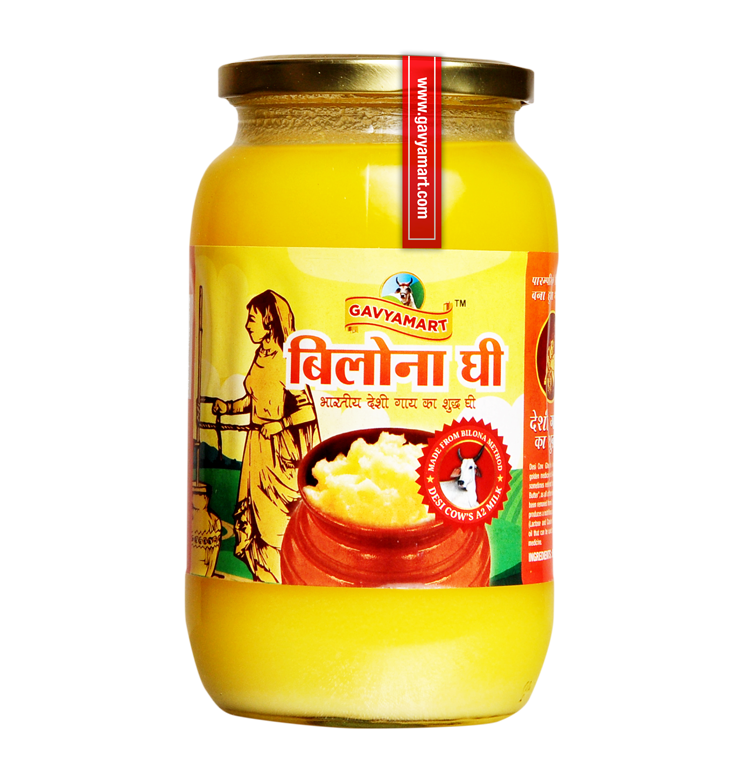Cultured ghee and bilona ghee are two distinct types of clarified butter that vary in their production processes, sourcing, and nutritional profiles. Let's delve into the differences between the two:
- Production Process:
- Cultured Ghee:
- This type of ghee is made from cultured butter.
- Cultured butter is produced by fermenting cream with live bacteria cultures, which adds a tangy flavour to the butter.
- The butter is then clarified to make ghee, giving it a rich and nutty flavour.
- Bilona Ghee:
- Bilona ghee is traditionally prepared using the bilona method, which involves churning curd to obtain butter.
- The butter obtained through this method is usually richer in nutrients as compared to regular butter, as it retains the goodness of curd.
- The butter is then heated to produce ghee, maintaining the traditional Ayurvedic process.
- Sourcing of Ingredients:
- Cultured Ghee:
- Typically made from cultured butter, which undergoes fermentation using live cultures.
- The quality of the cultured ghee depends on the source and quality of the cultured butter used.
- Bilona Ghee:
- Involves churning curd to obtain butter, emphasizing the use of traditional methods.
- The bilona method aims to preserve the natural nutrients present in milk.
- Flavour Profile:
- Cultured Ghee:
- Has a distinctive tangy and nutty flavour due to the fermentation process.
- The flavour can be more complex compared to regular ghee.
- Bilona Ghee:
- Known for a rich, creamy flavour with a depth that comes from the curd-churning process.
- Some people find bilona ghee to have a more pronounced and unique taste compared to regular ghee.
- Nutritional Content:
- Cultured Ghee:
- The fermentation process may contribute to the presence of beneficial bacteria in small amounts.
- Nutrient levels can vary based on the quality of the butter used.
- Bilona Ghee:
- Retains more of the nutrients found in milk due to the traditional churning process.
- Contains fat-soluble vitamins and other compounds that might be lost in commercial ghee-making processes.
- Cultural and Traditional Aspects:
- Cultured Ghee:
- Reflects a fusion of traditional and modern methods, incorporating fermentation for flavour enhancement.
- Bilona Ghee:
- Emphasizes ancient Ayurvedic practices, believing that the bilona method preserves the health benefits of ghee.
In conclusion, both cultured ghee and bilona ghee offer unique flavours and potential health benefits, appealing to those who appreciate traditional methods of preparation and distinct taste profiles. Choosing between the two may depend on personal preferences, dietary considerations, and the desire for a more traditional or contemporary approach to ghee production.


